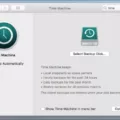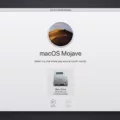If you’re a Mac user, you know how important it is to back up your data and ensure that your system is always running smoothly. One of the best ways to do this is to create a restore point, which can help you quickly recover from any problems or data loss.
A restore point on Mac allows you to save the current state of your system, including all settings and files. That way, if something goes wrong, you can revert back to your previous version without having to reinstall or reconfigure everything from scratch.
To create a restore point on Mac, open System Preferences and then select Time Machine. Enable Time Machine and then click Options. Select the checkbox for “Back Up Automatically” and then click “Back Up Now”. This will create an instant snapshot of your system at the time of backup, which can be used as a restore point in case something goes wrong later.
You can also manually create a restore point by using Terminal commands. Simply type in this command: “sudo tmutil snapshot”. This will create a backup of your entire system at that moment in time. You can also specify how long this snapshot should remain active before it’s deleted by adding “-t [number]” after the command; for example “-t 5” would keep the snapshot active for five days before deleting it automatically.
Once you have created a restore point on your Mac, you can easily access it if something goes wrong with your system or if data is lost due to an unexpected crash or other issues. To do so, open System Preferences and then select Time Machine again. Click Restore from Time Machine Backup and select the date of the snapshot that you want to revert back to. Then follow the instructions provided by macOS until completion; this should take only a few minutes depending on how much data needs to be restored.
Creating regular restore points on Mac is an easy way to ensure that all of your system settings, programs, and files are safe in case of any unforeseen issues or data loss events.
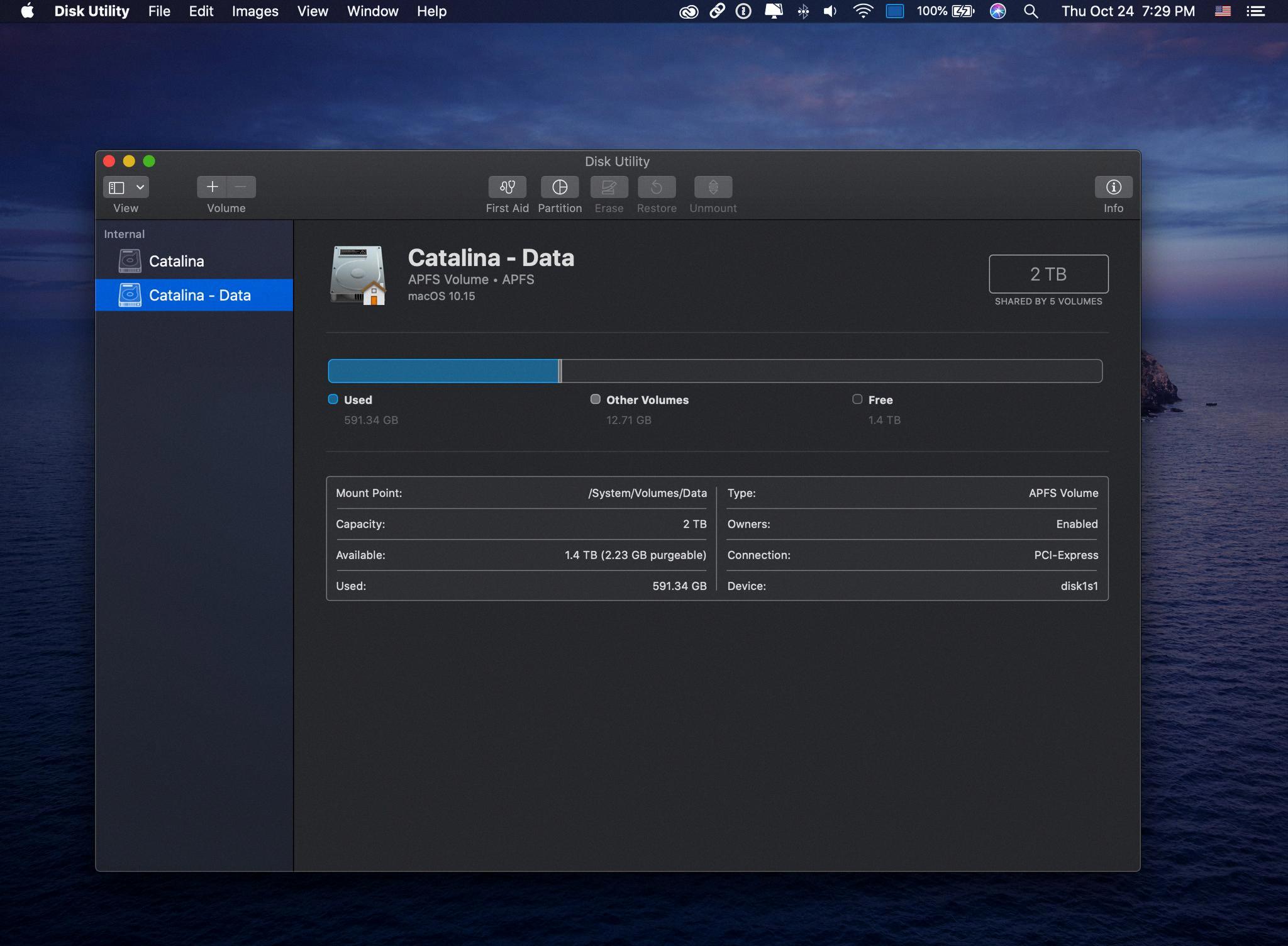
Source: idownloadblog.com
Restoring a Mac to a Previous Date
Restoring your Mac to a previous date is easy and straightforward. First, press the power button and hold Command-R until the spinning globe appears. This will boot your Mac into its Recovery Mode. On the next screen, type in your admin username and password to log in. Once you’re logged in, select “Restore from Time Machine backup” from the list of available options. Select the date you want to restore to, then follow the instructions provided onscreen. When prompted, select “Restore” to begin restoring your system data and settings from that date. Your Mac should now be restored to its earlier state before any changes were made.
Restoring a Mac Without Time Machine
Restoring your Mac without Time Machine is possible, but it can be difficult. The best way to restore your Mac without Time Machine is to use a clone drive. A cloned drive is an exact copy of your Mac’s hard drive that has been saved on an external hard drive or another storage device. This allows you to have a complete backup of your Mac at the time of cloning, including all files and macOS settings.
To use a clone drive to restore your Mac, you will need to connect the external storage device containing the backup to your computer. Once connected, you can open Disk Utility which is located in the Applications folder under Utilities. Within Disk Utility select the clone drive from the list of drives on the left side and then click “Restore” on the right side of the window. This will start restoring your clone drive onto your computer’s hard drive and once completed you will have access to all of the files and settings that were backed up at the time of cloning.
It’s important to note that using a clone drive will not restore any changes made since the time of cloning. If there are any updates or new files added after cloning, they will not be restored with this method. Additionally, if you are restoring from an older version of macOS then some programs or applications may not be compatible with newer versions so be sure to check before proceeding with restoring from a clone drive.
Restoring on Mac
Restoring your files on Mac is a simple process with Time Machine. First, open Time Machine from the menu bar. Then, select the option to ‘Browse other backups’. Choose which item you want to restore – either individual folders or your entire disk – and click ‘Restore’. The restored files will be saved to your Mac. If you have any additional questions, please contact Apple Support for more detailed help.
Finding a Missing Restore Point
If you’re looking for a missing restore point, the first step is to make sure that System Restore is turned on. To do this, search for “system restore” in the search bar in Windows 10 and click “Create a restore point”. Then go to “System Protection” and select which drive you want to check. Make sure the “Turn on system protection” option is checked and then click “Configure”.
Once you’ve ensured that System Restore is turned on, you can look for your missing restore point through the Control Panel. Go to the Control Panel and select “System and Security” and then select “System”. Under Advanced System Settings, click the System Protection tab and then select “System Restore”.
You’ll be able to view all of your systems restore points here, including any missing points. If you still can’t find your missing restore point, it may have been deleted or corrupted by a virus or malware. In this case, you may need to contact technical support for assistance.
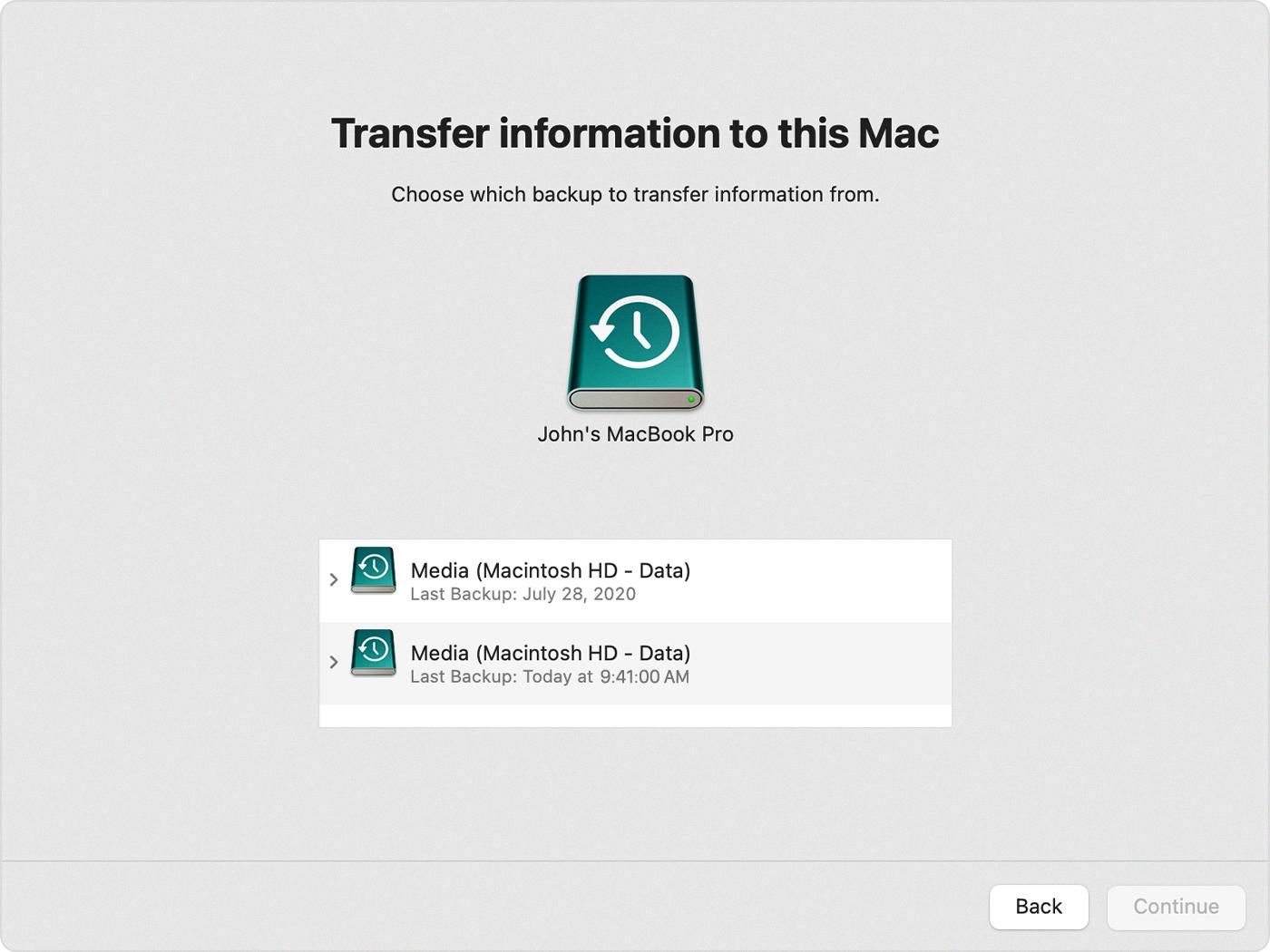
Source: support.apple.com
Does MacOS Recovery Delete All Data?
No, macOS Recovery does not delete everything on your Mac. It is a special mode that allows you to access certain tools and utilities that are helpful in troubleshooting and repairing your Mac. However, it does not do any erasing or deleting by itself. If you want to delete files from your Mac, you can use the Time Machine backup feature or select the Erase command when using Disk Utility. It is important to note that deleting files cannot be undone and is permanent, so please make sure you have a backup of your important data before deleting anything.
Recovering Data From Mac After Factory Reset
Yes, it is possible to recover data from your Mac after a factory reset. Although a factory reset deletes the data on your Mac, it does not actually erase the data from your hard drive. When you delete or format a disk, the operating system only marks the deleted files as unavailable and makes them invisible to you but they remain in the same place until they are overwritten by new data. Therefore, if you have recently performed a factory reset on your Mac, there is still a chance that you can recover some or all of your lost data using specialized software. There are many different types of data recovery software available online and in stores that can help you with this.
Does Time Machine Backup All Files on a Mac?
No, Time Machine does not back up everything on your Mac. Time Machine only backs up files that were not part of the macOS installation, such as apps, music, photos, and documents. It does not back up system files, like your operating system or any other pre-installed software. Additionally, some external drives and network volumes are not supported by Time Machine and will not be backed up.
The Effects of a Mac Restore
Mac Restore allows you to copy the contents of a source volume or image file to a destination volume. This is useful if you need to back up data, reinstall an operating system, or migrate data from one computer to another. The source and destination volumes must be mounted on your Mac, and the destination volume must have enough space to contain the data from the source. Restore works with both internal and external volumes.
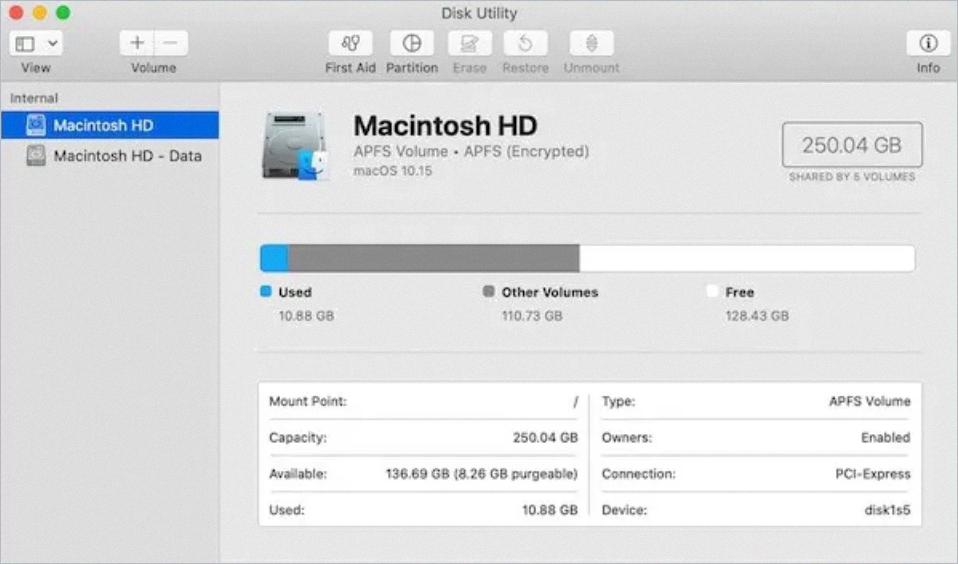
Source: easeus.com
Conclusion
In conclusion, restoring to a previous date on Macs is an easy process that can help you recover data or fix any issues with your system. Time Machine is the most effective tool for restoring a Mac to a previous date, as it allows you to back up your Mac storage drive and keep a copy of all files and macOS settings at the time of cloning. If Time Machine is not available, you can also use Clone Drive to back up your Mac and restore data from it. Additionally, if you use Time Machine to back up your Mac, you can restore your files if the operating system or startup disk is damaged.





